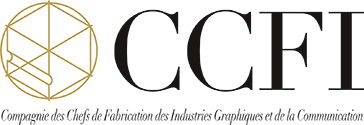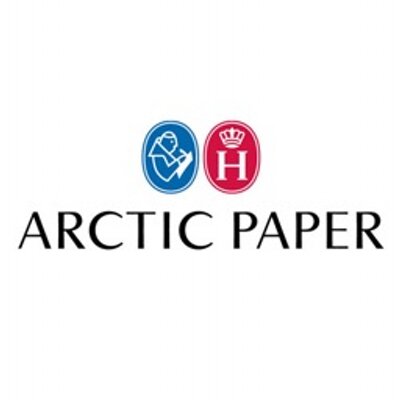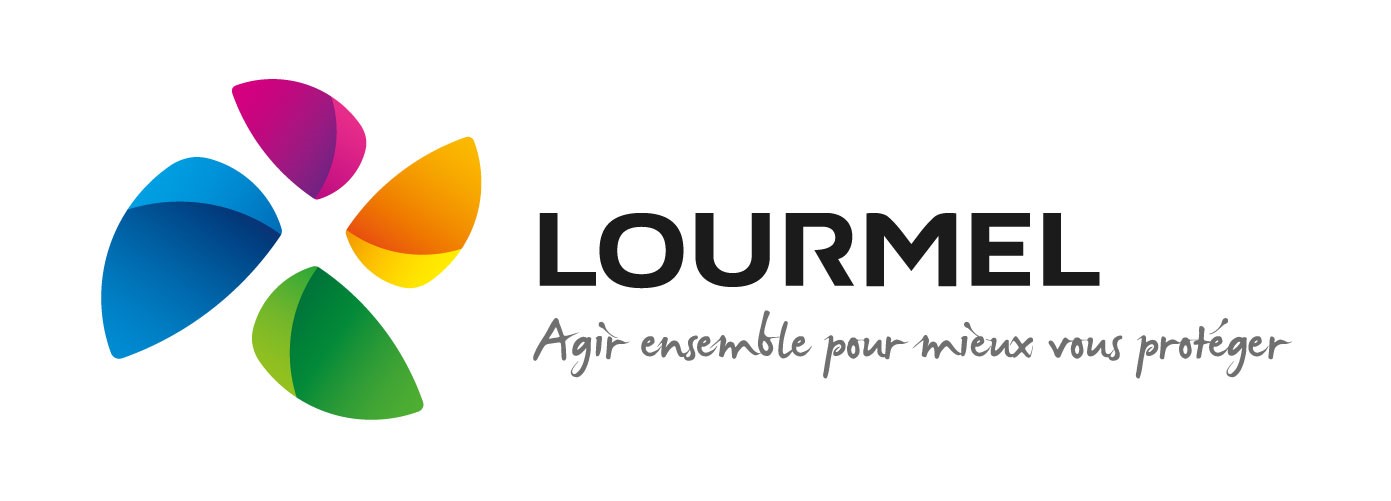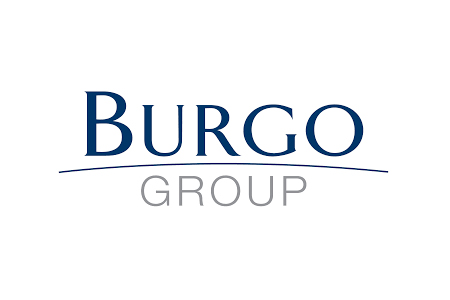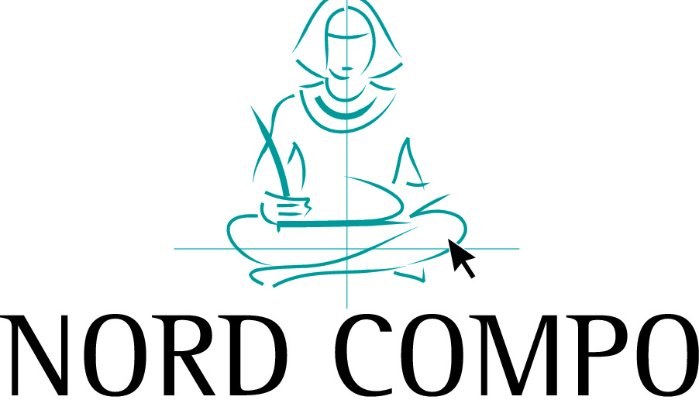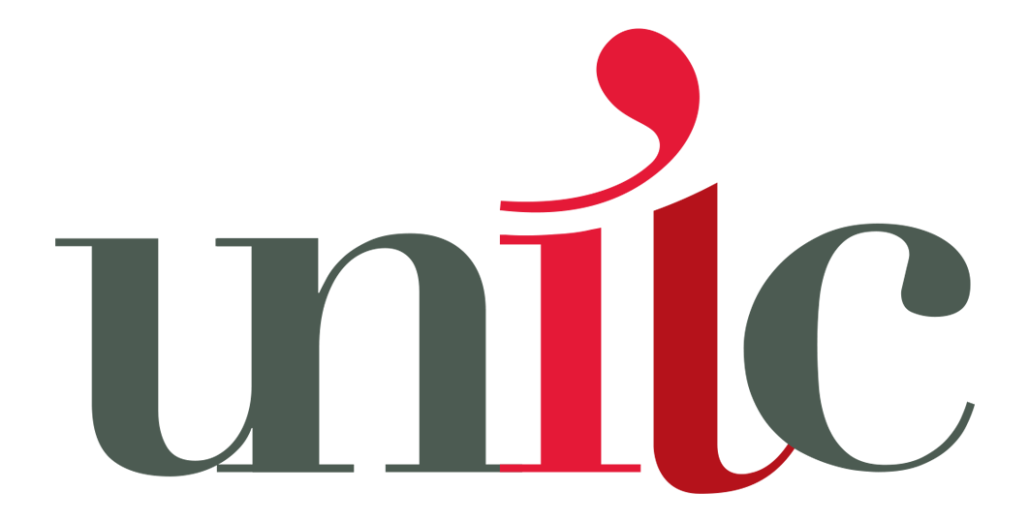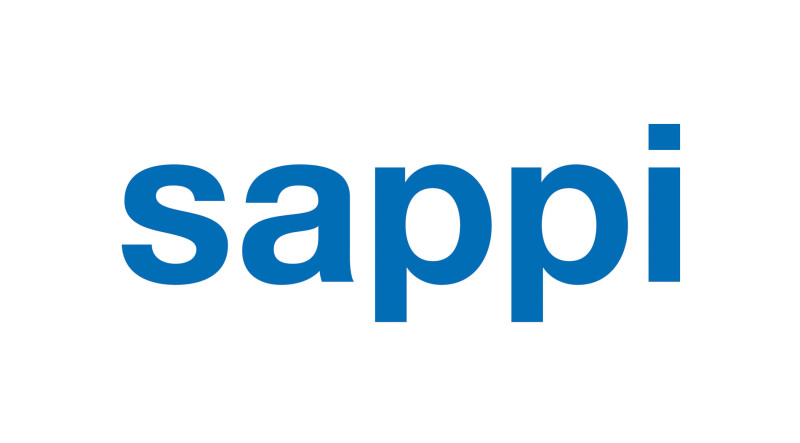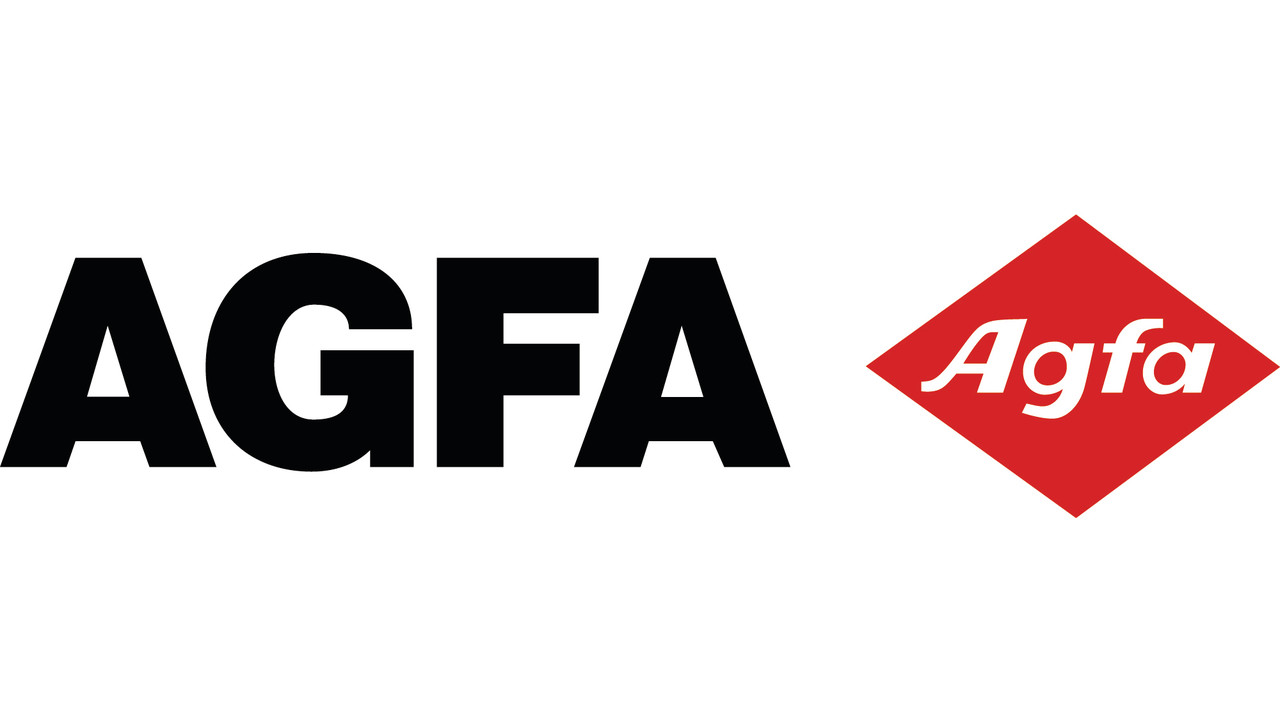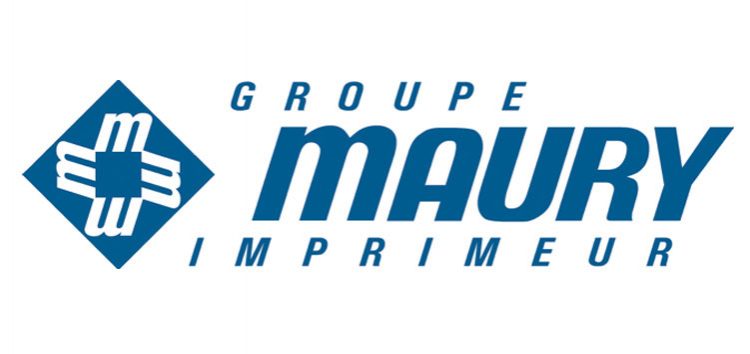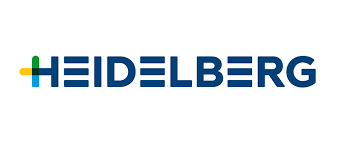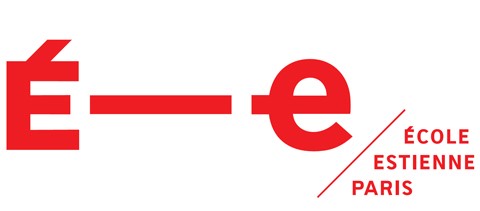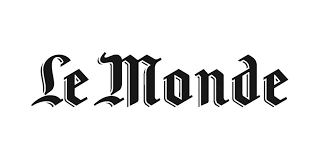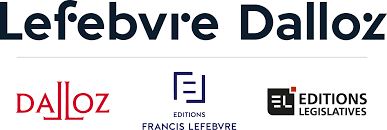Tipping point in decline of magazines as one large printer remains in UK
All bar one of top-selling titles now printed by London-based Walstead after closure of rival in Liverpool.
As readers indulge in the comforting routine of browsing their favourite magazines, they will be oblivious to being part of a crucial tipping point, as all bar one of the nation’s top-selling titles move to being printed by Walstead, headquartered in London, the last remaining UK-based operation with the scale to handle them.
In recent months, companies including Rupert Murdoch’s News UK and the German magazine giant Bauer have moved to strike new printing deals – for titles including Heat and Grazia, all the weekly newspaper supplements and magazines for the Times, Sunday Times and Sun on Sunday – ahead of the closure of Liverpool-based Prinovis on Friday.
Prinovis, which is owned by the German media conglomerate Bertelsmann, told clients in November that it was shutting due to the “significant decline” in the UK magazine market and the soaring cost of paper.
The closure has resulted in a de facto monopoly for its rival Walstead, which now prints nine of the top 10 magazines in the UK, from the nation’s biggest seller, TV Choice, and the Economist to Good Housekeeping, Private Eye and almost every other title with a major print run.
The company, which has five sites across the UK, with the main operation in Bicester, has been dubbed the “last man standing” as the only remaining large-scale magazine printer in the UK.
“While everyone is talking about artificial intelligence the industry is waging some real battles for survival in the background that no one notices,” says the chief executive of one magazine company. “There are some real fragilities in the supply chain and one supplier is never healthy in any market. Walstead have been a good supplier but the fact is there is now no competition, balance or protection for publishers, there is now literally no other scale printer to go to in the UK.”
Walstead was founded in 2008 as a vehicle to snap up printing operations across Europe – starting with the then loss-making Wyndeham Press Group in the UK, which at the time printed titles including Marie Claire, Waitrose Food and Zoo – and has completed 10 deals giving it ownership of 13 production facilities in the UK, Spain, Austria, Czech Republic, Slovenia and Poland.
Walstead employs more than 3,000 staff, including more than 800 at its five sites in the UK, and churns through 750,000 tonnes of paper a year printing for clients as varied as supermarkets Lidl and Aldi, the National Trust, the Financial Times, the Grocer and Retail Week owner William Reed.
Since 2016 the company has been 53% controlled by Rutland Partners, which two years later hired investment bank Rothschild to carry out a strategic review, including looking at a £300m-£400m stock market flotation.
Ownership of the remainder of the company, which made €546m (£469m) in revenues and almost €13m in profits in its last publicly filed accounts for 2021, is in the hands of the management team that founded the business in 2008.
The pressures of maintaining a print product in an inexorably declining market is becoming increasingly fraught with risk and encumbered with cost.
A 112-day strike by workers at one of Europe’s few remaining paper plants in Finland last year wrought supply and cost havoc across the industry, while News UK reportedly explored, but rejected, the feasibility of printing its supplements outside the UK.
“What you benefit from overseas in print costs you tend to pay back in haulage, and there can be other issues such as inserting some pages of advertising in time,” said a second publishing industry executive. “And can you imagine the stress making sure every week the titles get through when there have been so many issues with delays at customs, the Channel and Dover post-Brexit?”
The increasing logistical strains and soaring costs for publishers raises the oft-asked question of what the timeline might be for the death of the printed magazine.
The top-line numbers make for grim reading. The total number of actively purchased print titles in the UK – those that readers buy or subscribe to – has declined by 70% from about 1bn annually to 309m between 2010 and 2022.
As a result, consumer spend on print magazines has plummeted from £1.4bn in 2010 to less than £500m in 2021, according to Enders Analysis.
This is despite rounds of cover price rises that have meant 13% of titles now breach the £5 per issue mark, more than Netflix’s new £4.99 monthly package with ads.
“Given the scale of decline in their consumer demand, physical magazines are today a considerably oversupplied category,” said Abi Watson, an analyst at Enders. “Closures will inevitably accelerate in the coming years.”
Thirteen years after the advent of the iPad offered the promise of replicating print magazine reading habits in an online world, digital editions account for only about 5% of total circulation, with almost 40% of that attributable just to the Economist.
Get set for the working day – we’ll point you to all the business news and analysis you need every morning
And in the wider online battle for eyeballs, most titles and brands are continuing to struggle for consumer attention, particularly among digital-savvy youth demographics.
In 2022, time spent on the top 100 UK magazine websites, compared with social media, shrunk to 0.9% of time spent on YouTube, 1.7% on Facebook, 4.7% on TikTok and 7.4% on Instagram.
Even the publishing house Future, which prints Marie Claire and the Week, and is often held up for its success using magazine brands to increase e-commerce sales, has seen its market value plummet from £4.7bn to £800m after warning of falling readers and advertising.
The struggle against Silicon Valley giants means that between 2014 and 2027 the total UK magazine ad market will decline from £844m in 2014 to just £378m by 2027, according to GroupM.
Meanwhile by 2025, Google (including YouTube), Meta (including Facebook and Instagram) and TikTok will rake in more than £20bn annually in digital ad revenues in the UK, according to Insider Intelligence.
Even so, publishers are not throwing in the towel just yet. Many are pursuing brand diversification strategies built on the status of their titles, as well a focus on locking in relationships with subscriptions.
Three-quarters of readers of Good Housekeeping, the UK’s seventh biggest paid-for title, are now subscribers, and brand extensions include sofas by DFS, flooring by Carpetright and a line of cookery books published by HarperCollins.
In December, Elle magazine opened its first hotel in Paris, while Country Living derives 42% of revenue from brand extensions, including a lucrative licensing deal from the international reality TV series Farmer Wants a Wife, which was born from a 1997 feature on loneliness among farmers.
Publishers are also eyeing the unlikely resurgence in popularity of vinyl, which hit a four-decade sales high last year, as a template for the survival of print magazines in the face of assumed digital extinction.
What started as a renaissance built largely by older fans seeking collectible vinyl albums has since spread to younger generations, all of whom are willing to pay a premium for the right product.
“I can get gossip much quicker through social media such as Instagram or TikTok than a magazine,” says student Abby Norman. “The last magazine I bought was Rolling Stone, more to have as a collectible, I only read the article about my favourite artist on the cover. I have a collection of a few of them. Sometimes it’s just nice to have a physical thing.”
Publishers are banking on a generation of the likes of the 20-year-old, who is happy to stump up almost £7 an issue and also happens to be a vinyl lover, to keep magazines rolling off the presses for years to come.
Lire : The Guardian du 3 juillet
